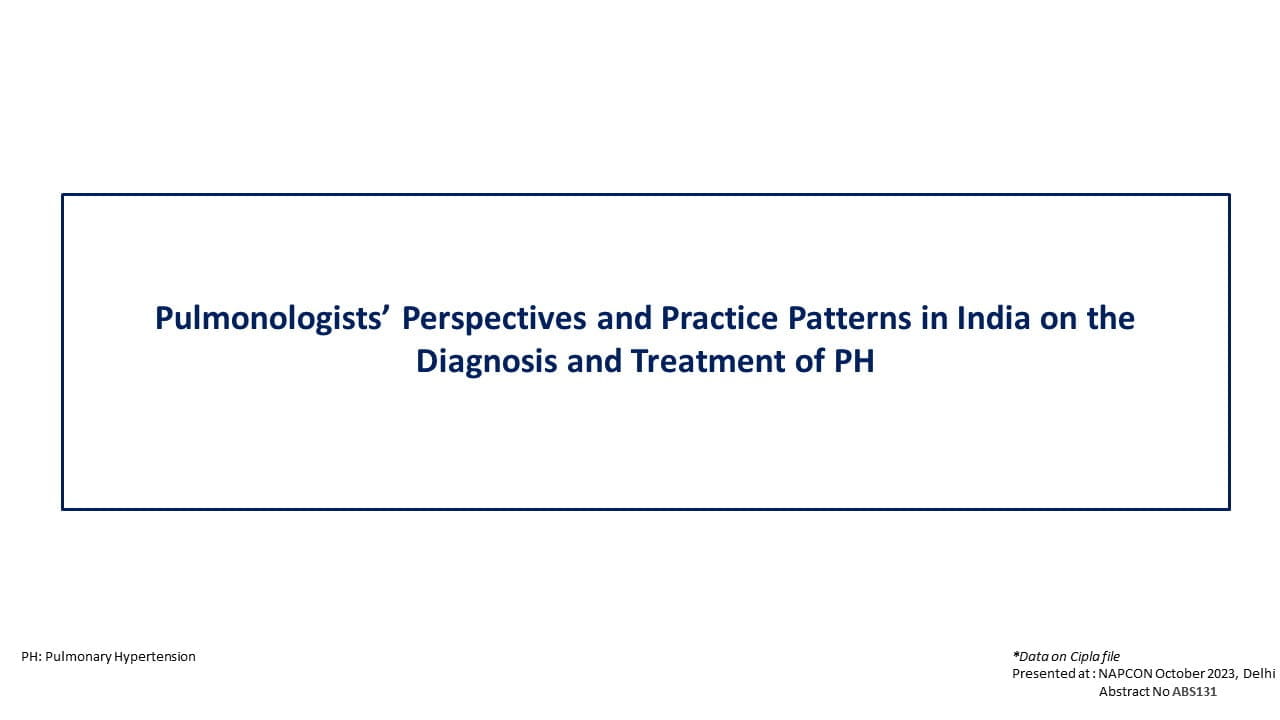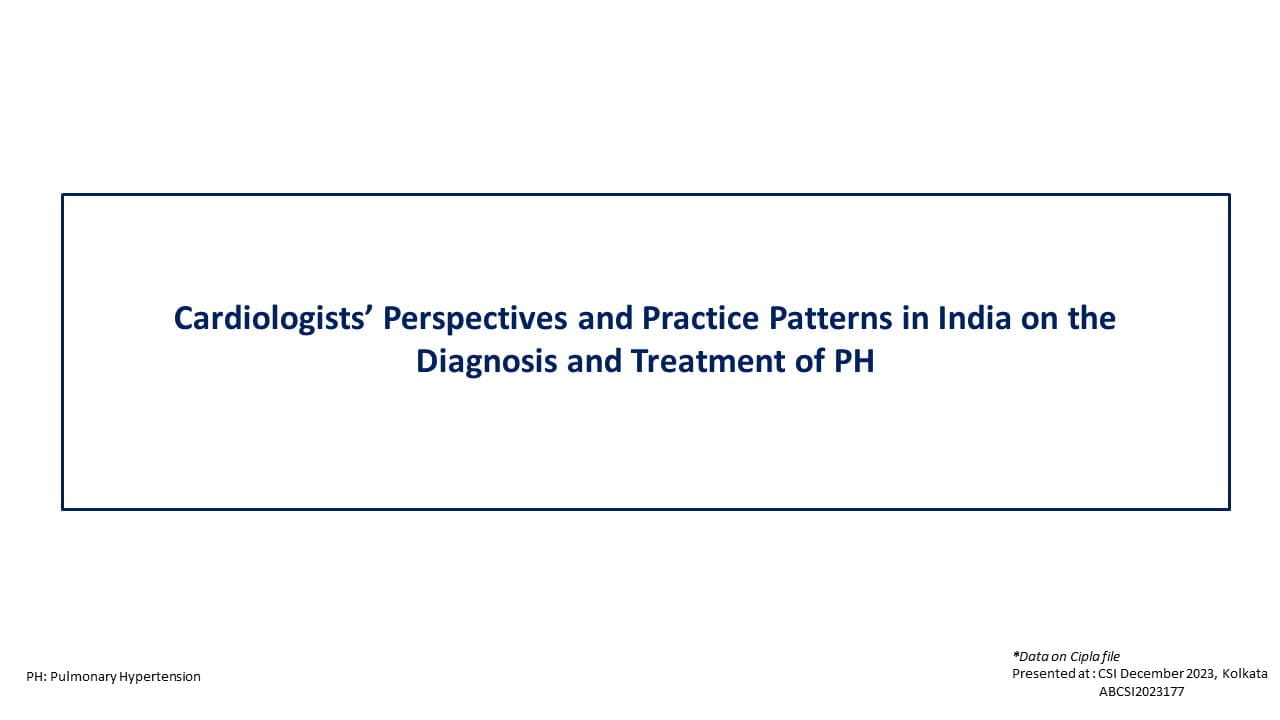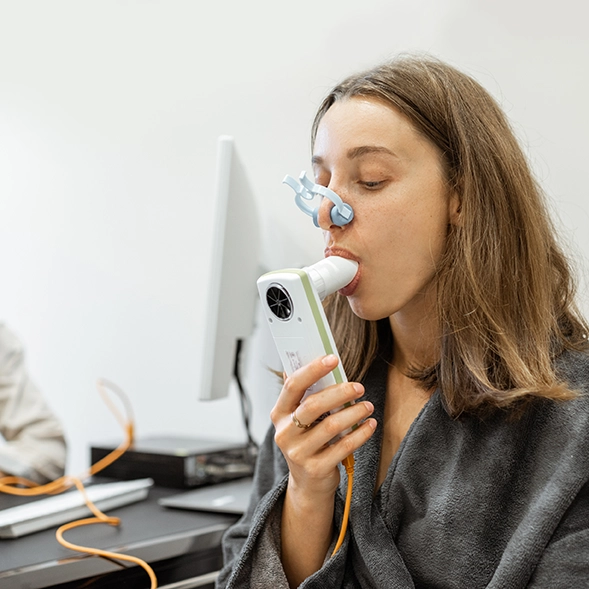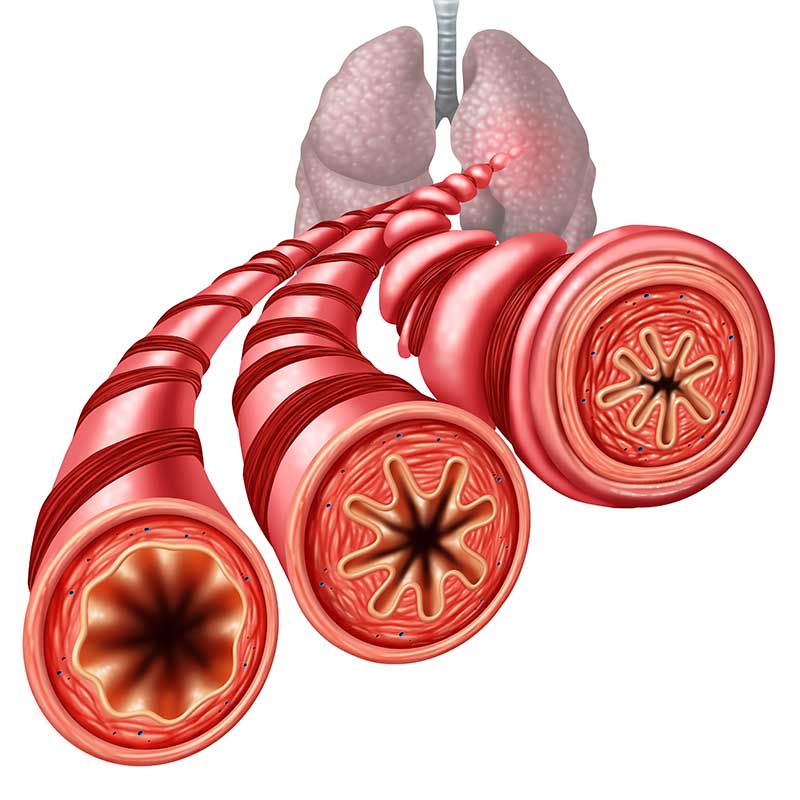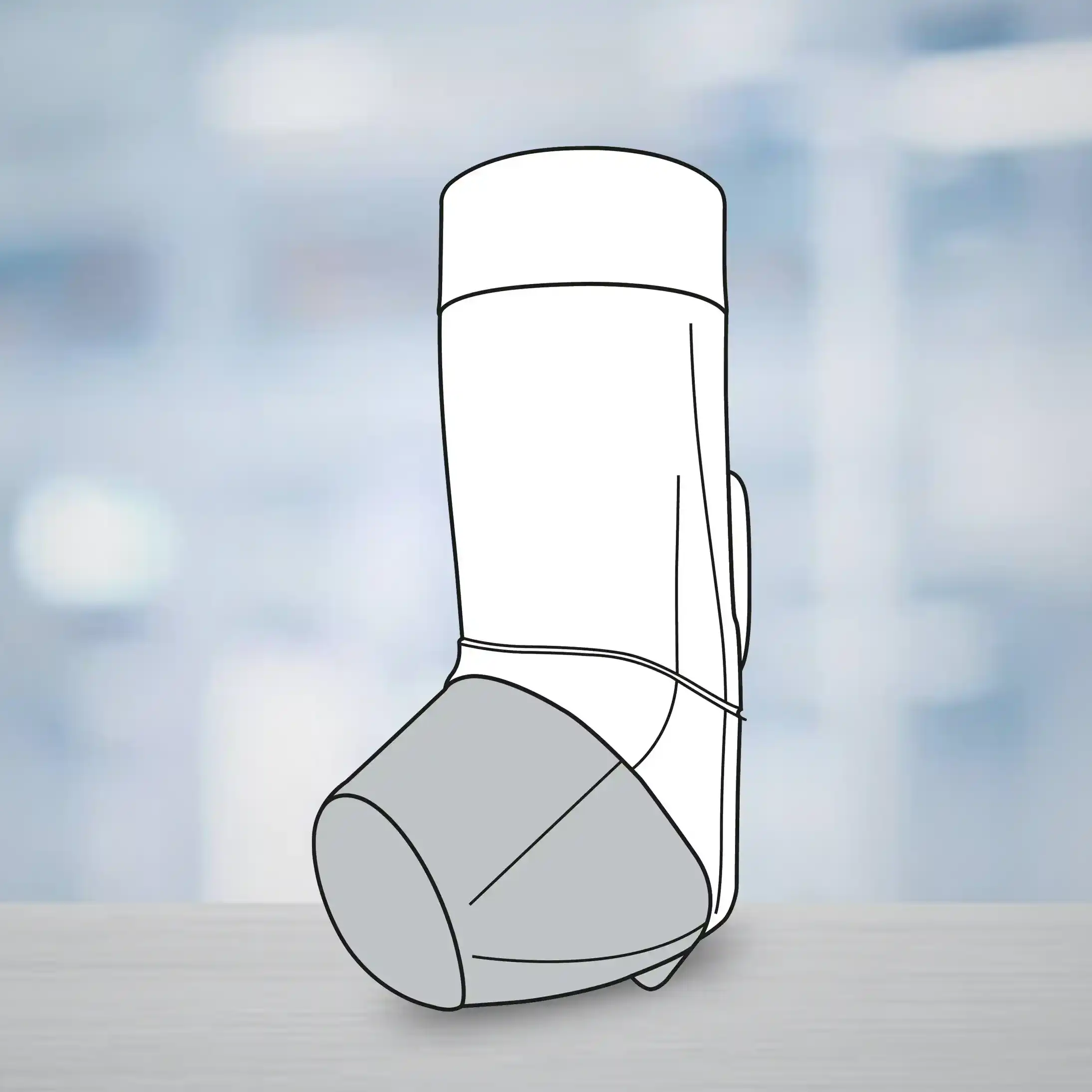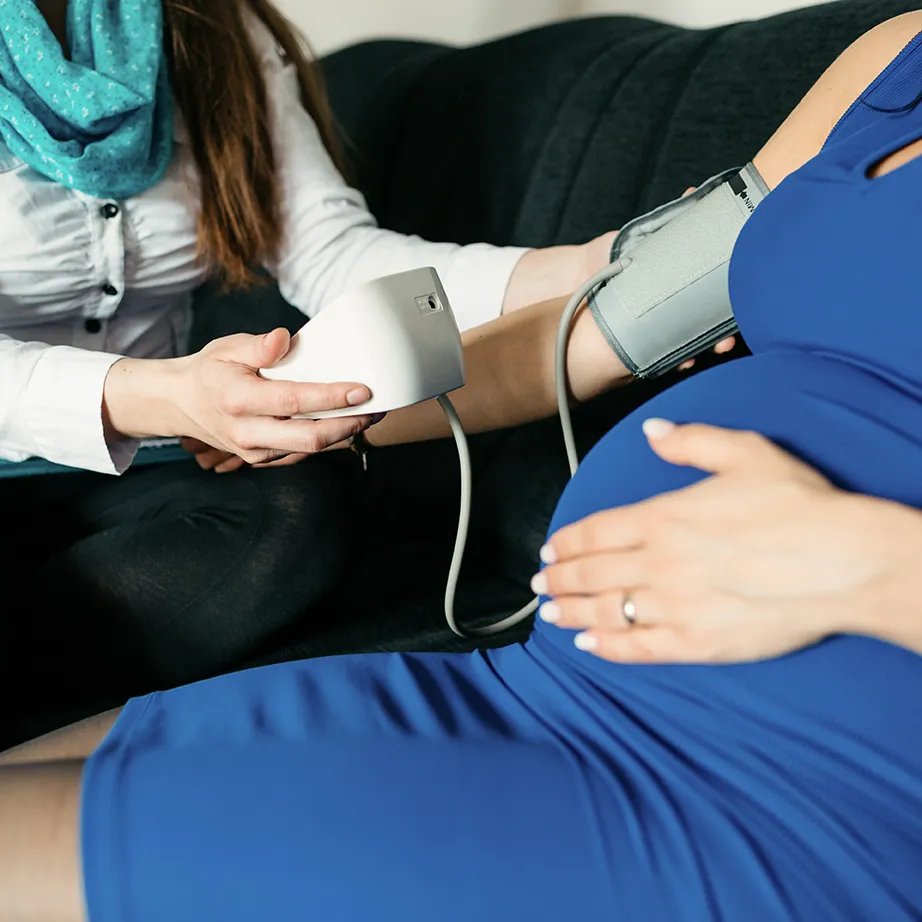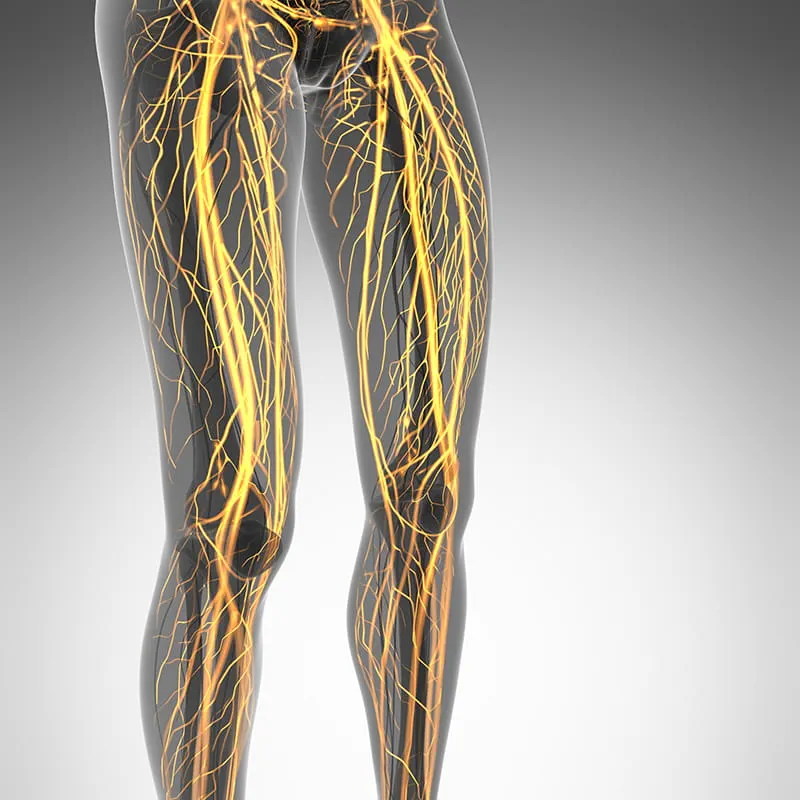Once-Daily Plazomicin Noninferior to Meropenem in Complicated Urinary Tract Infections
28 Jul, 25
Introduction
Complicated urinary tract infections (UTIs) caused by multidrug resistant (cephalosporins, carbapenem & aminoglycosides) Enterobacteriaceae are need new treatment options. Plazomicin, an aminoglycoside antibiotic, appears promising in early studies against multidrug-resistant Enterobacteriaceae.
Aim
To evaluate the noninferiority of plazomicin to meropenem in patients with complicated UTIs, including acute pyelonephritis
Patient Profile
- 609 patients with a creatinine clearance of >30 ml/min, pyuria, and clinical symptoms of complicated UTIs or acute pyelonephritis which needed intravenous antibiotic therapy
Method
Study Design
- The EPIC (Evaluating Plazomicin in cUTI) trial was a multicenter, multinational, randomized, double-blind, phase 3 trial
- Patients received plazomicin (15 g/kg of body weight once daily) or meropenem (1 g every 8 hours), administered intravenously with optional oral step-down therapy after at least 4 days of intravenous therapy, for a total of 7-10 days of therapy
Endpoints
- Primary end point: composite cure (clinical cure and microbiologic eradication) at day 5 and at the test-of-cure visit (15-19 days after initiation of therapy)
- Other endpoints: clinical cure and microbiologic eradication at day 5, at the end of intravenous therapy, at the test-of-cure visit, and during late follow-up (days 24-32); and microbiologic response at the test-of-cure visit
- Safety endpoints: adverse events, laboratory values including serum creatinine levels
Results
Efficacy
- Plazomicin was noninferior to meropenem in achieving the primary efficacy end point: composite cure was achieved in 88.0% and 81.7% patients in plazomicin group versus 91.4% and 70.1% patients in meropenem group (difference, -3.4% and 11.6% points) at day 5 and at the test-of-cure visit, respectively
- At late follow-up, plazomicin achieved higher rate of composite cure than meropenem (77.0% vs. 60.4%, difference, 16.6% points)
- At day 5, clinical cure was observed in 89.5% patients in plazomicin group versus 92.4% in meropenem group (difference, -2.9% points), whereas at the end of intravenous therapy and test-of-cure visit, plazomicin achieved similar clinical cure as meropenem (difference, -0.1% and -1.4% points, resp.)
- At late follow-up, plazomicin achieved more sustained clinical cure versus meropenem (88.5% vs. 85.3%, difference, 3.2% points)
- Rates of microbiologic eradication were similar in the two treatment groups at day 5 (98.4% vs. 98.0%) and at the end of intravenous therapy (97.4% vs. 97.5%)
- Plazomicin attained better rates of microbiologic eradication than meropenem at both, test-of-cure visit (89.4% vs. 74.6%, difference, 14.9% points) and late follow-up (84.3% vs. 65%, difference, 19.3% points)
- Also, at the test-of-cure visit, plazomicin achieved better microbiologic eradication of Enterobacteriaceae that were not susceptible to other aminoglycosides (78.8% vs. 68.6%) and Enterobacteriaceae that produce extended-spectrum β-lactamases (82.4% vs. 75.0%) as compared to meropenem
- At late follow-up, fewer patients in the plazomicin group than in the meropenem group had microbiologic recurrence or clinical relapse (Figure 1)
Figure 1: Comparison of the effect of plazomicin versus meropenem on late follow-up outcomes
Safety
- The most frequent adverse events in the plazomicin group were diarrhea, hypertension, headache, nausea, vomiting, and hypotension
- Adverse events associated with a decline in renal function occurred in 3.6% patients in the plazomicin group and in 1.3% patients in the meropenem group
- Serious adverse events were reported in 1.7% of patients in each treatment group
- Increases in serum creatinine levels of >0.5 mg/dL above baseline occurred in 7% of patients in plazomicin group and in 4% in meropenem group; those patients with increase in serum creatinine after completion of intravenous therapy, majority of them had moderate renal impairment at baseline
- The increases in serum creatinine were <1.0 mg/dL from baseline and returned to <0.5 mg/dL from the baseline value by the last follow-up
- Discontinuations due to adverse events were same in both groups (n=6 in each group)
Conclusion
- Once-daily plazomicin was noninferior to meropenem in achieving composite cure at day 5 and at the test-of-cure visit for the treatment of complicated UTIs and acute pyelonephritis, including infections caused by extended spectrum β-lactamase–producing Enterobacteriaceae, including multidrug-resistant strains
- Plazomicin attained higher rates of microbiologic eradication and composite cure at the test-of-cure visit and lower incidence of microbiologic recurrence and clinical relapse vs. meropenem at late follow-up
N Engl J Med 2019; 380: 729-40


